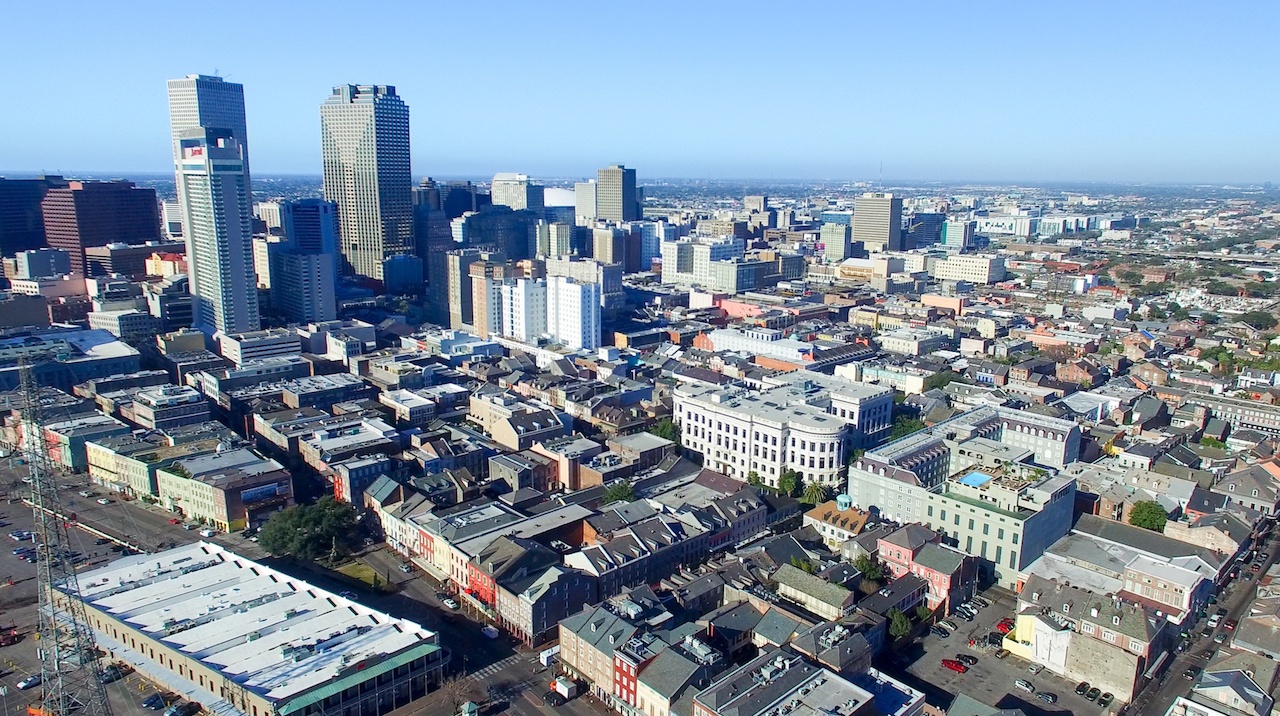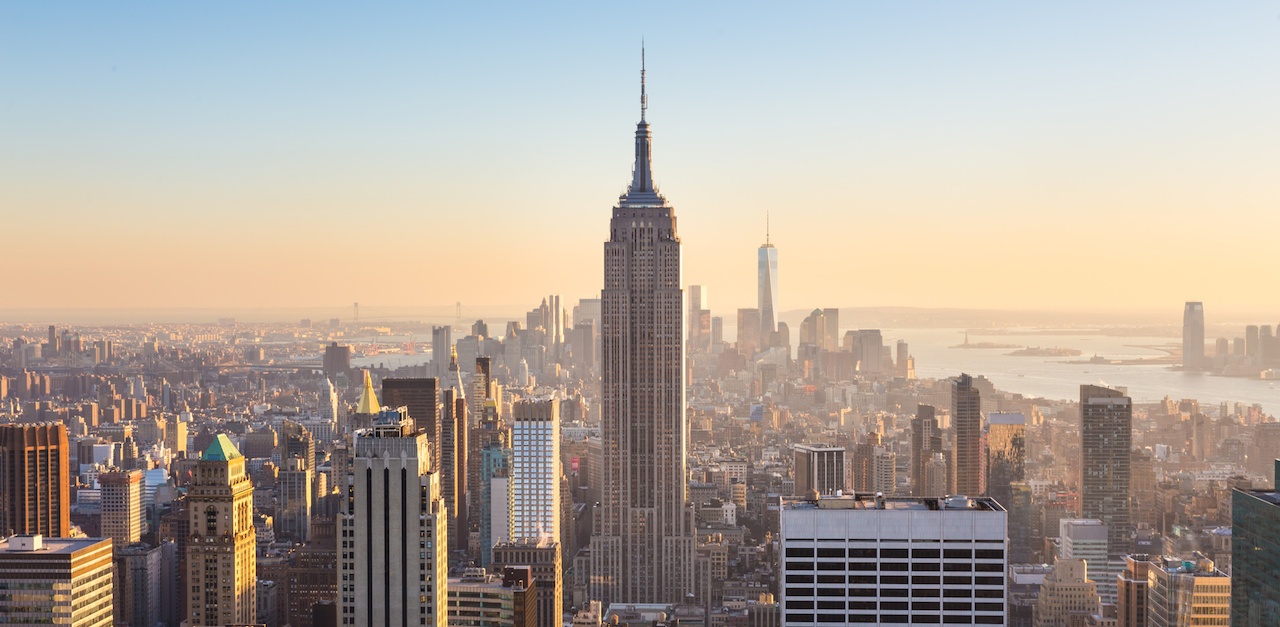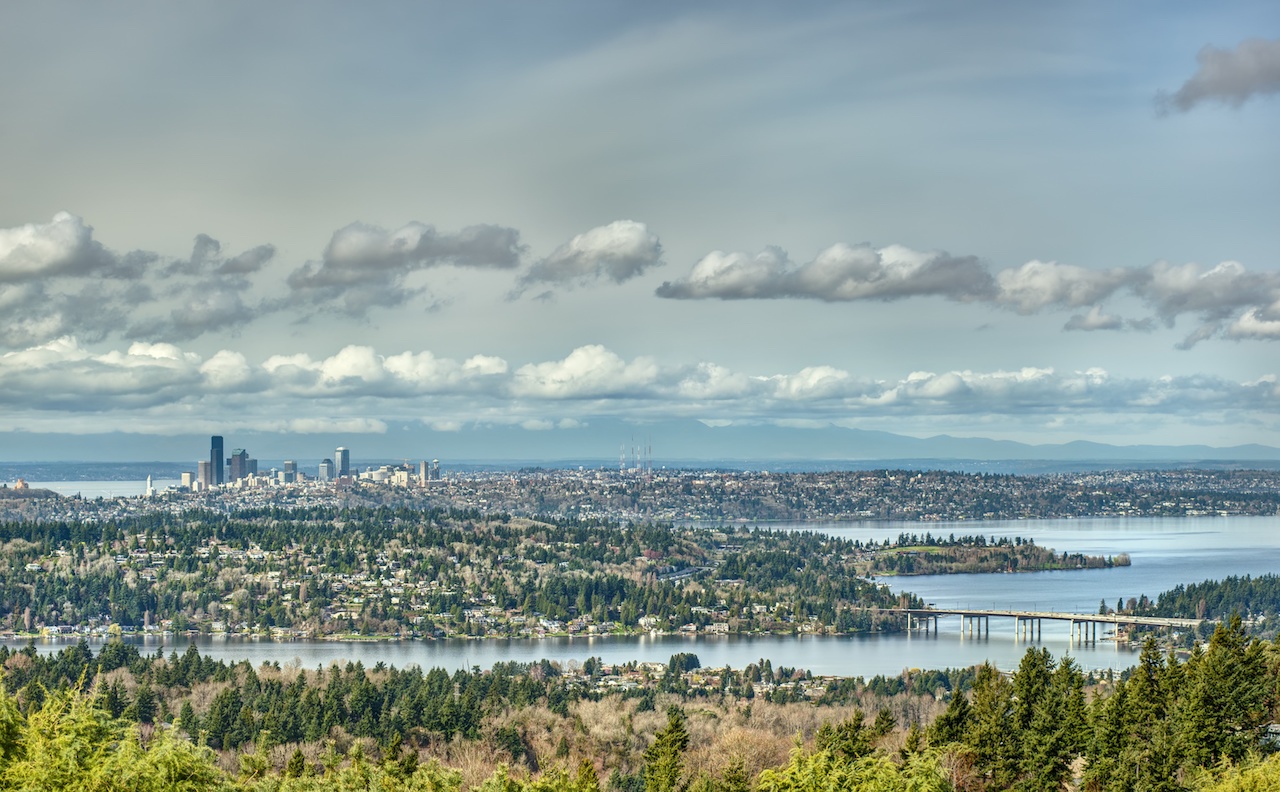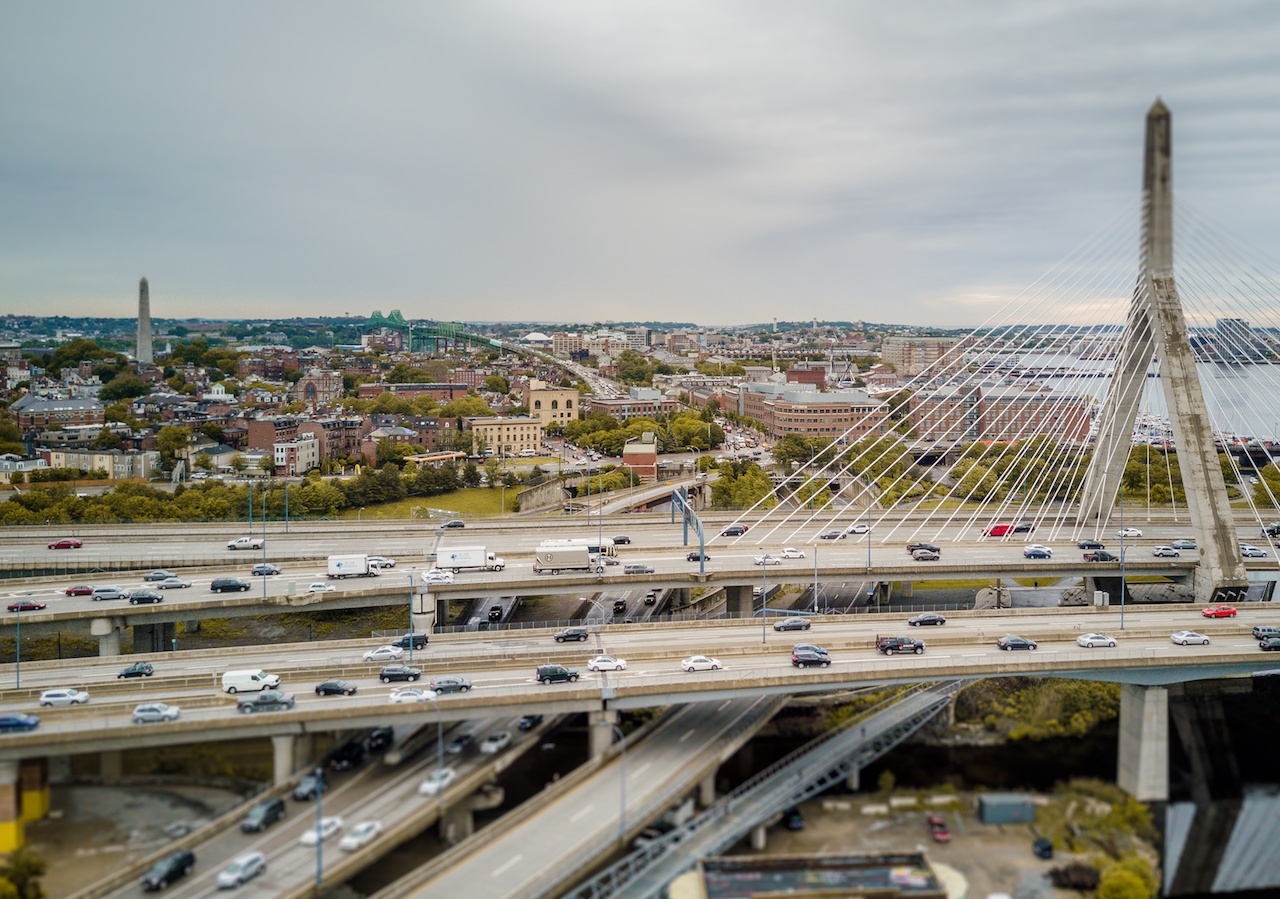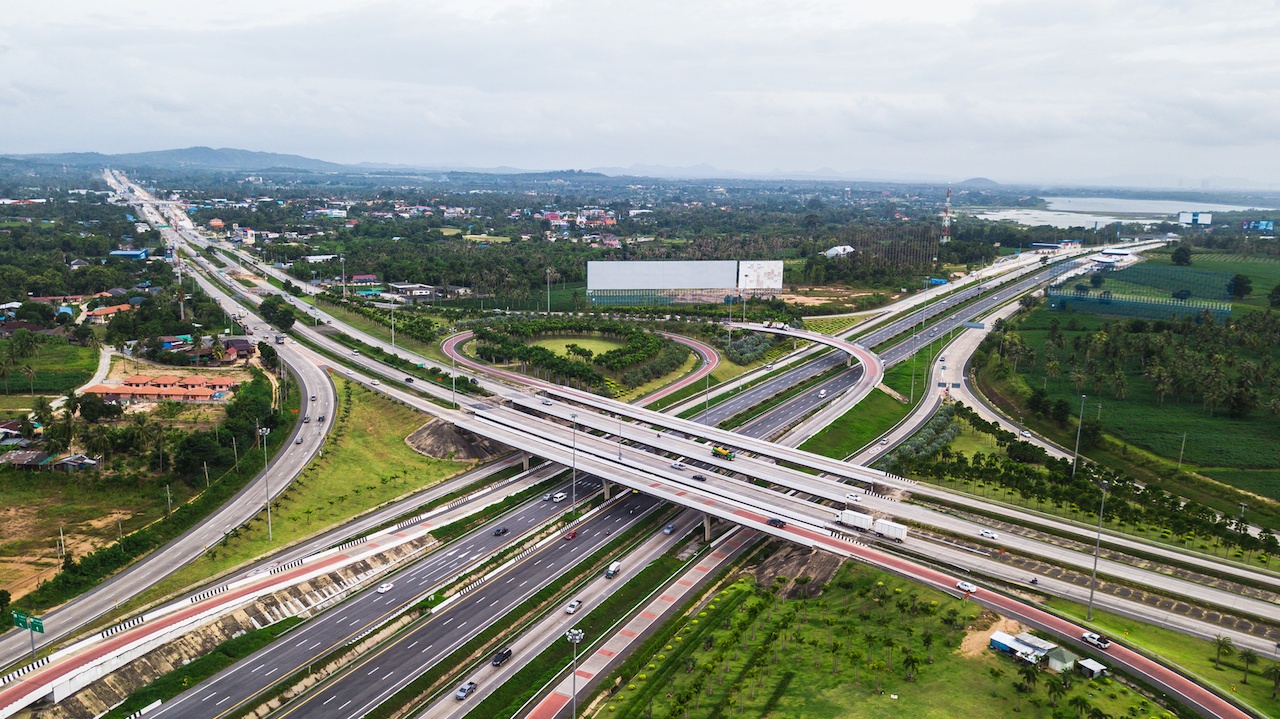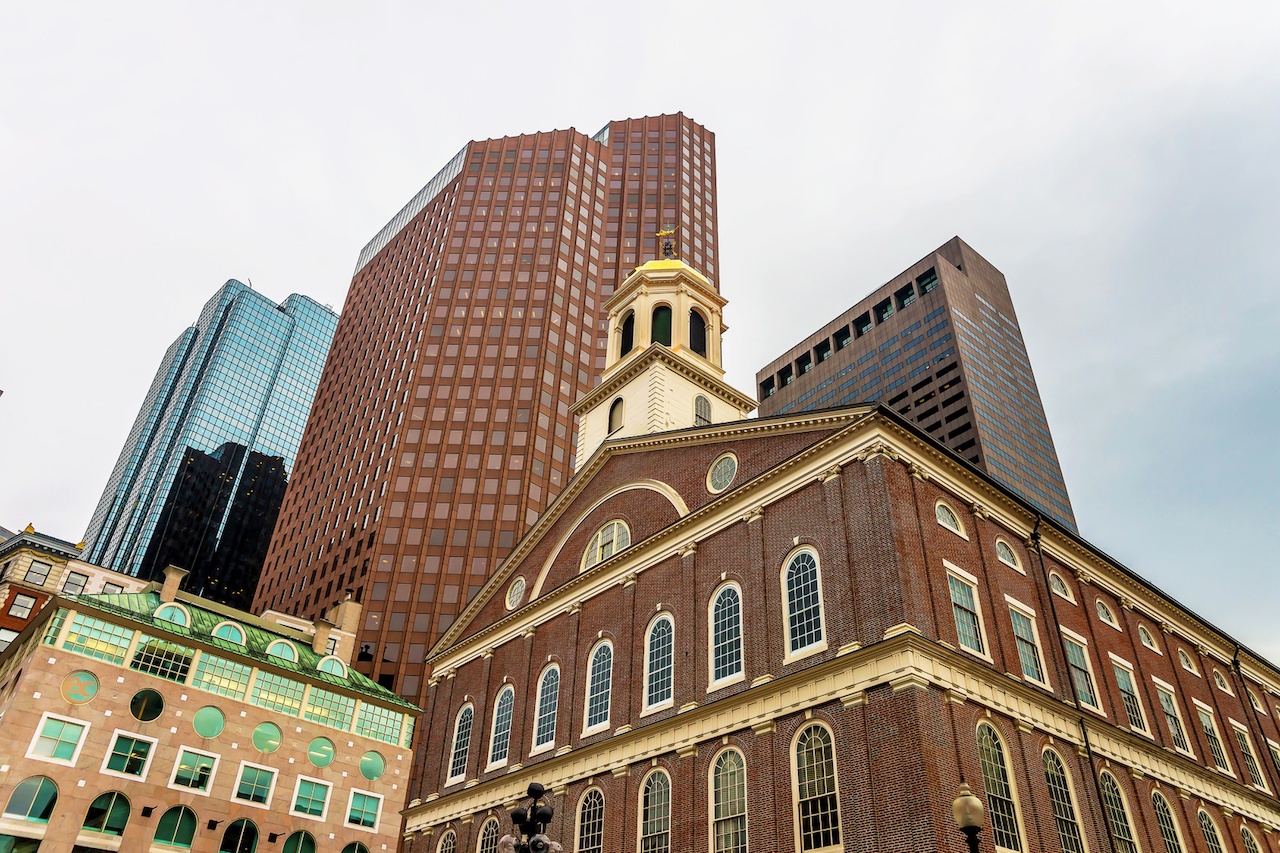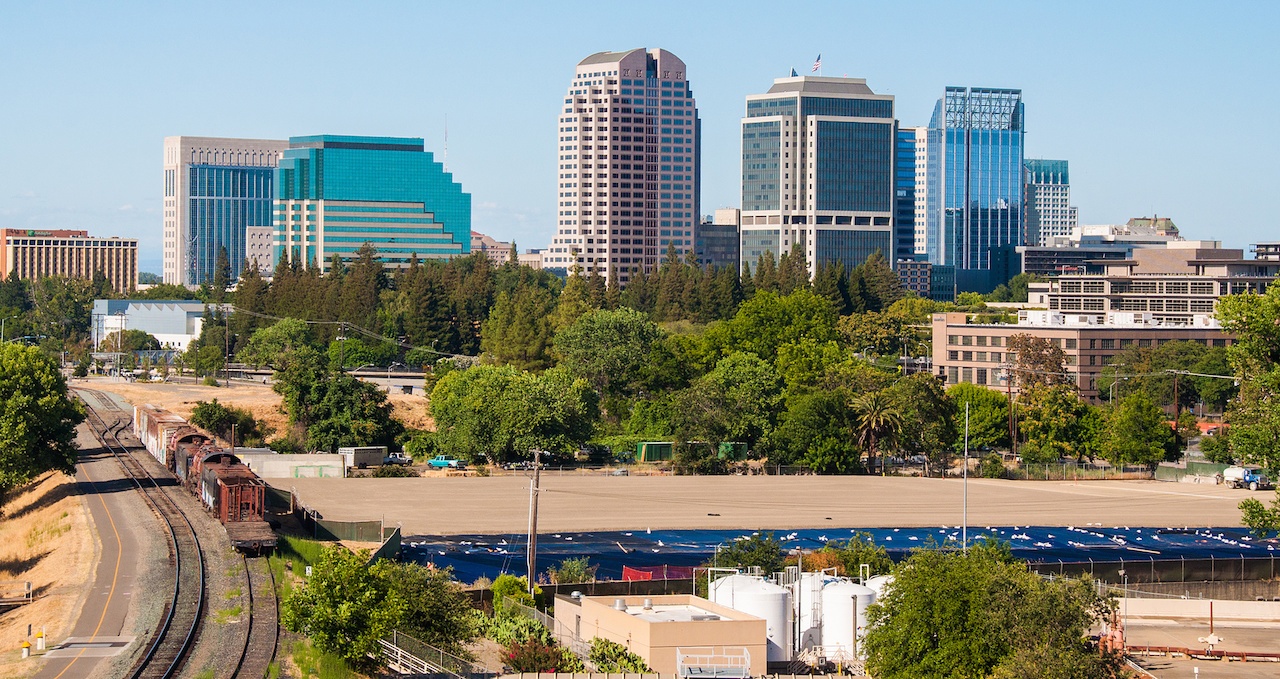Governance
A broad category of content focused on governance in cities.
Examples: Urban policy, justice, municipal services
Commercial Real Estate Needs Sustainability Performance Reporting
There are 87 billion square feet of commercial real estate in the United States. These buildings’ owners fall into two categories: those whose primary business is owning real estate for profit from asset appreciation or rental income, and everyone else. Of all this square footage, some 60 percent is in possession of those who control real estate on a large scale, typically with assets worth hundreds of millions of dollars. It is this group that is most exposed to regulatory and market forces and that also has the wherewithal to do something about it. This is where it gets interesting.
Thoughts on the Fourth Regional Plan of Metropolitan New York
Metropolitan New York is experiencing growth and prosperity, this has brought new economic opportunities for the region but also challenges in housing and affordability. Furthermore, increased storms and flooding from climate change threaten the economic and social life of Metropolitan New York. In all this, it is important to consider the role of the federal government in transit and climate change planning. It is also important to consider the relationship of Metropolitan New York to its neighbours in the Bos-Wash mega-city region, including on issues such as regional transit. Finally, one cannot forget the scale of the street and neighbourhood. For new housing to build on – and not destroy – the neighbourhoods that have been the charm and attraction of Metropolitan New York.
Smart Local Policies Will Build a Renewable Energy Future for Cities
Setting ambitious solar energy goals and demonstrating commitment through municipal solar installations are both fundamental in setting the tone for solar growth in a community. Goal setting provides an opportunity to institutionalize a shared vision of a solar-powered future, and a strong goal ensures that progress towards that goal becomes embedded in all future city decisions.
Cascadia Showcases How a Coordinated Corridor Strategy Can Reinforce Urban Innovation
A central premise of Meeting of the Minds is that the flexibility, practicality, and focus of municipal governments make them ideal technological and social innovators. But can the ingenuity of U.S. cities be sufficiently amplified to effectively keep up with the pace...How a Non Profit Roundtable Turned into a Smart City Pilot Project
The field of transportation planning needs new blood. We need new thoughts, new approaches. The traditional methods of policymaking are not working because, as already stated, we are not engaging the public in a sufficient or sufficiently meaningful way. We are also not sufficiently engaging other industries, which means that we are not inviting our traditional ways of thinking to be challenged. We need to overcome this insularity by creating policymaking contexts that bring together elected and appointed officials, diverse members of the public, and cross-industry experts.
Evolution of Ground Transportation: Balancing the Commercial and Social Bottom Line
Cities are under increasing pressure to innovate in order to attract businesses and people, and remain economically strong, and their success or failure could largely depend on their future transportation systems. Transportation systems are like arteries. When running smoothly, a community is likely to thrive and prosper. System breakdowns and blockages lead to quality of life issues such as traffic jams and pollution—problems that can quickly put an economically vibrant community into cardiac arrest.
But while providing consumers with convenient options, the popularity of these new mobility services bring their own set of issues, and have the potential to put even more pressure on already highly stressed transportation systems. Uber and Lyft, for example, are putting more cars on already congested roads. In New York City, it is estimated that these services account for a 14 percent increase in the number of vehicles on the street.
Organizational Development for Public Agencies
Not long after I started in my current role, I was venting to a friend about a particularly difficult personnel issue and about how I felt that it was distracting me from other work. After listening to my complaints for a little while, her response was simple: “isn’t that your job?” At that moment, I was just looking for a sympathetic ear and confirmation that this was a distraction from more “important” work. But the more I thought about her question, the more I realized she was making a crucial point: dealing with these kinds of personnel and organizational issues is the job—and in many cases, the most important part of what I do.
Smart Cities – Where Technology and Reality Collide
Where smart city projects require departments or agencies to collaborate and share money and data in new ways, they may be just be asking the physically impossible; or they may impose a zero-sum calculation on those entities – the more collaboration, the less power, budget and funds, and the less reason for the separate existence of each entity. Said differently, in organizational and political terms, smart cities are fundamentally unnatural.
Envision Charlotte is Helping Cities Find and Share Solutions
Envision Charlotte (EC) is a public-private-plus collaborative that leverages innovation and technology to strengthen economic competitiveness, environmental sustainability and positive community impact. We work to foster this innovation and first-of-their kind programs and ensure that our programming can be measured, scaled and replicated to improve quality of life – not only within our cities, but in other cities, as well.
Emissions Reduction in Cities: A Guide to Getting Started
Cities present the greatest opportunity in the fight for low carbon development that promotes sustainability. Around the world we see the growth of “megacities” with developing world countries experiencing some of the greatest urbanization rates. The UN Population Fund estimates that more than half of the world’s population lives in cities today, and the number of urban dwellers is expected to continue to grow. NASA estimates that cities produce 70% of all fossil fuel CO2 emissions.
This post examines three steps that cities can follow to achieve emissions reductions.
Leveraging A City Budget for Smart Urban Reform
Transforming your city on a budget can foster a bottom-up approach to public policy and urban transformation. It can manifest a sort of direct democracy that empowers citizens, community groups, and local businesses to be change agents in their cities – and to work in collaboration with city officials to foster a vibrant city life. There are many ways citizens and governments can collaborate. Below are only a few modest, yet transformative, approaches for revolutionizing cities.
Subsidized Parking Hurts Cities. Here’s How to Start Fixing It.
One approach – employed by cities from the Bay Area to New York City to D.C. – is to require large employers to offer tax-free transit benefits to their employees. These “commuter benefits ordinances” are relatively new – the first was adopted in 2009 – but have the potential to dramatically expand access to transit, especially to workers in lower-paying jobs who are currently less likely to receive tax-free transit benefits. Early evidence from the Bay Area suggests that requiring employers to offer the benefits can lead thousands of people to switch to lower-impact modes of commuting.

